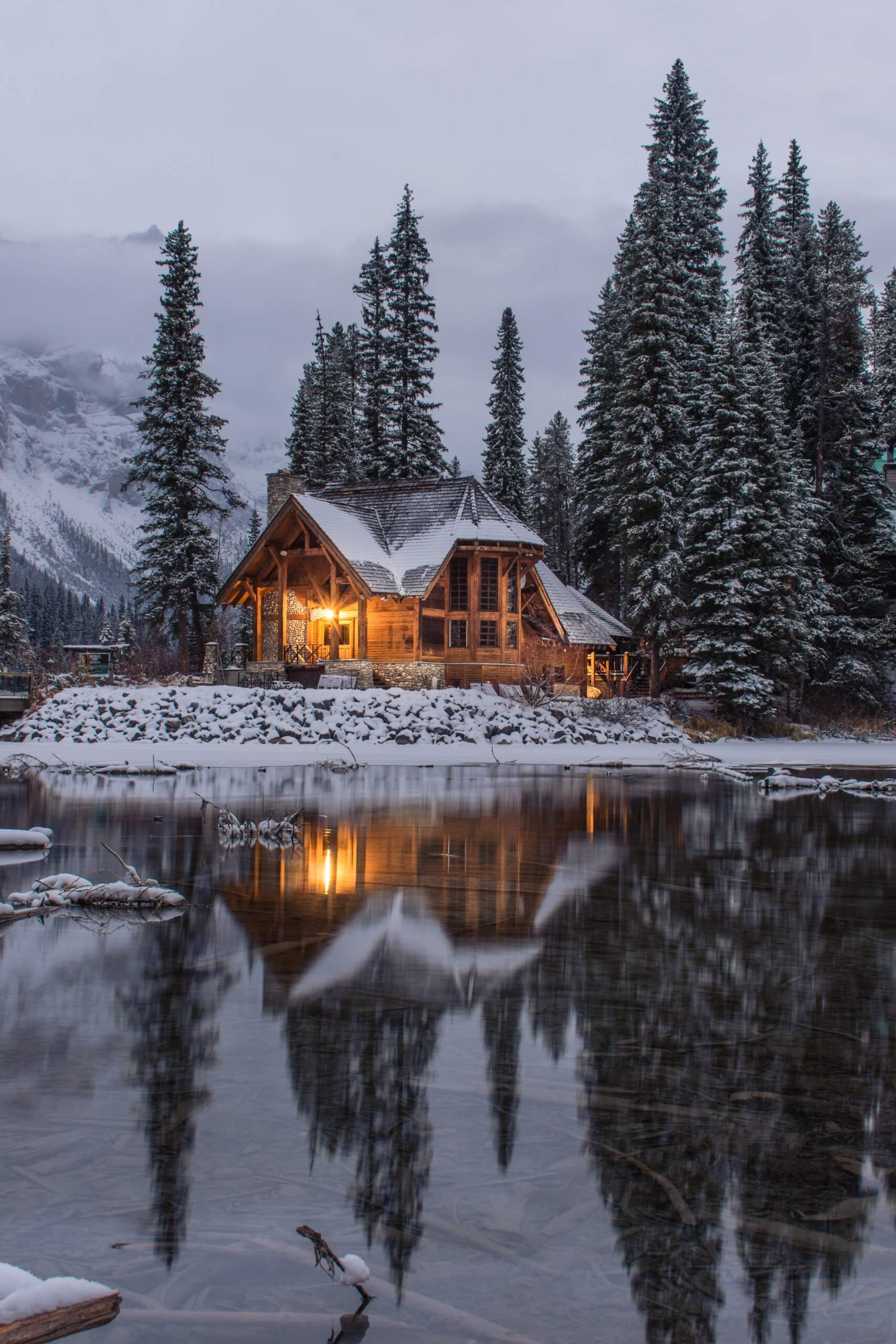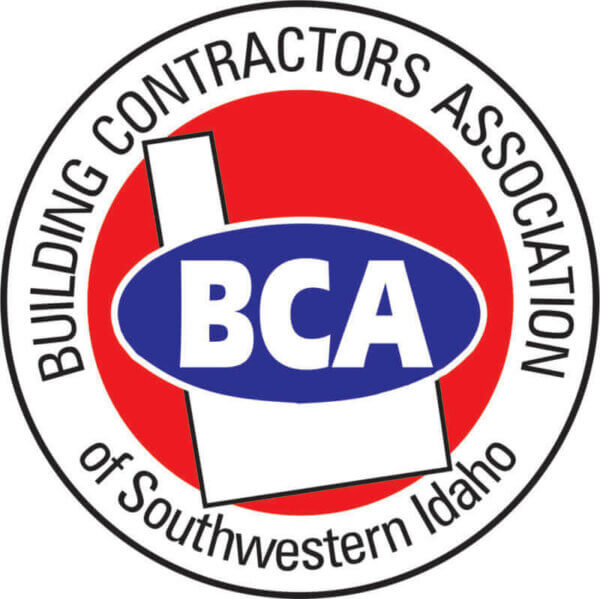HVAC Tips to Help Stay Warm this Winter on a Budget
Whether you’re living in temperate areas with four seasons or a predominantly cold climate, ensuring that your home is well-equipped to handle the elements becomes paramount. Not doing so will not only leave you out in the cold so to speak, but also cause problems for both your home’s structural integrity and your energy costs.
The types of problems that can arise from an HVAC system that’s not up to snuff against the cold include:
- Condensation buildup
- Mold
- Frozen pipes
- Reduced indoor environment air quality
- Skyrocketing energy costs
Ready to learn how to prevent these problems before they become a costly emergency in the dead of winter?
Clean or Replace Your Air Filter
One of the most common (and easily preventable) ways that homeowners unwittingly increase their energy bill and decrease the air quality of their home is to fire up their furnace with a dirty air filter. In short, when the furnace has to push through a dirty or clogged filter, it has to work harder; ergo, the operator has to push it harder to get the desired in-room temperature, increasing their energy costs.
Having problems maintaining a comfortable temperature, or notice a foul smell when firing up your furnace for the first time in a year or more? Clean the filter, and enjoy a warmer indoor environment at a lower cost.
Replace Your Chimney Cap with One That Makes the Most Sense
If you live in an older dwelling, chances are your chimney ventilation system is outdated, clogged, or otherwise counterproductive. Not only does it provide adequate exhaust for your fireplace or fans, but it’s also supposed to prevent snow or rain from entering the chimney, as well as prevent backdraft.
If you live in an area with light to moderate snowfall, a cone top chimney cap may be the way to go. How about those who live in windier areas? A wind directional chimney cap will get the job done.
The point in all of this is to keep the heat in, and the smoke, rain, and snow out. Upgrade your rooftop exhaust vessels; your wallet, home, and co-habitants will thank you.
Speaking of Chimneys, Close the Damper When Not in Use
Nothing beats a roaring fireplace in the dead of winter, but it will all be for naught if you forget to close the damper. When used properly, dampers are required for fireplaces to optimally function. However, when a fireplace is not in use with the damper open, the chimney functions like a vacuum, sucking all of that welcoming warm air right up out of your living quarters.
This also includes any warm air that is generated from space heaters, central heating, and/or floorboard heaters. Remember, heat has a tendency to rise, so preventing it from making the journey by closing your chimney’s damper should make its way into anyone’s winter routine.
Check Your Attic for Adequate Insulation and Ventilation
While you’re up there, make sure that your attic is sufficiently insulated. As heat rises, it tends to collect in the highest area of your house: the attic. Without adequate insulation, the heat will go right through the roof, leaving you and your co-habitants to foot the bill.
Though it may seem counterproductive, having a balance of intake and exhaust ventilation in the attic will help prevent the buildup of condensation, which if left unchecked, can reek havoc on your roof and walls by causing mold, mildew, and eventually rot.
Attics play an unsung role in regulating your home regardless of what time of year it is, so make sure it’s up to the task.






